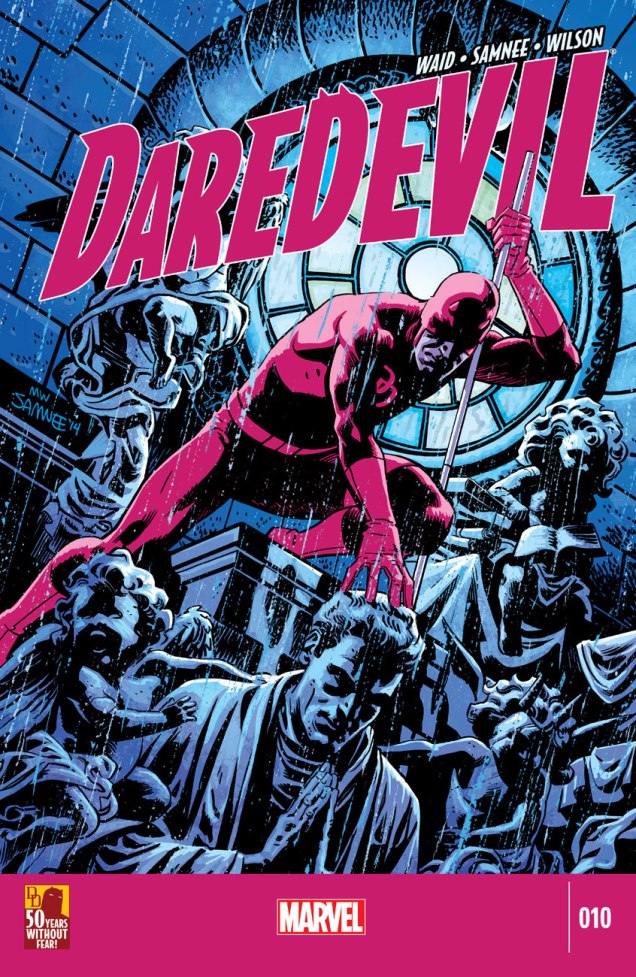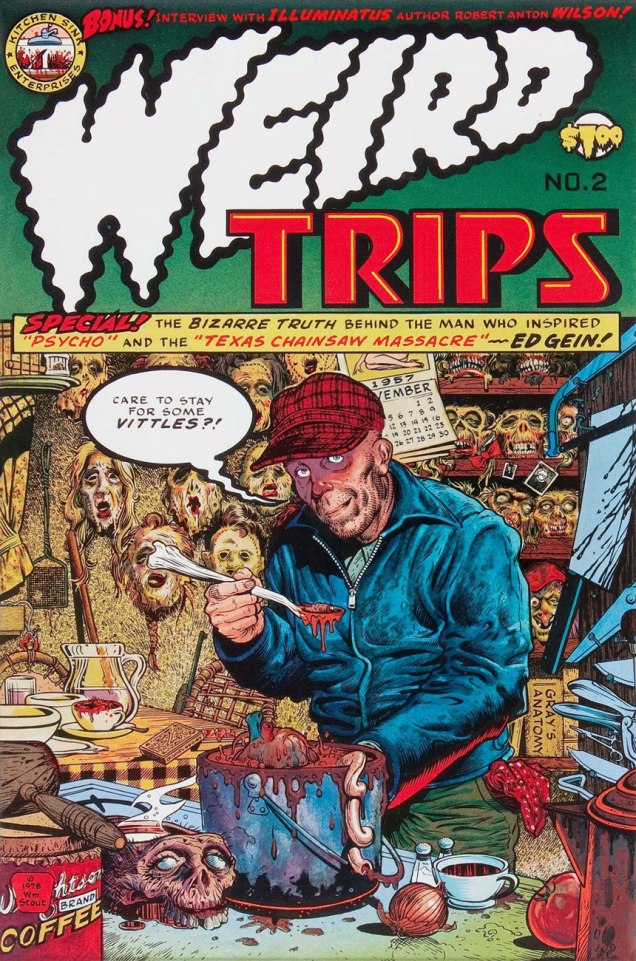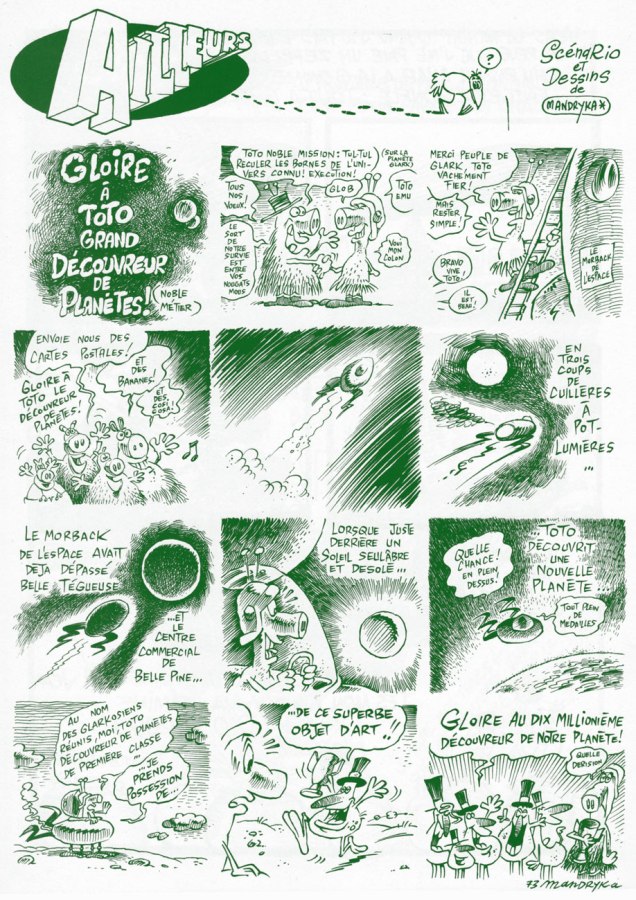« Of course I believe in ghosts. Doesn’t everybody? » — Red Skelton*
Quite a task it was, keeping to just a handful of Jim Flora’s illustrations from Grosset & Dunlap‘s 1965 anthology, A Red Skelton in Your Closet.
First, matched to Arthur Guiterman‘s 1918 poem, The Superstitious Ghost:

I’m such a quiet little ghost,
Demure and inoffensive,
The other spirits say I’m most
Absurdly apprehensive.
Through all the merry hours of night
I’m uniformly cheerful;
I love the dark; but in the light,
I own I’m rather fearful.
Each dawn I cower down in bed,
In every brightness seeing,
That weird uncanny form of dread —
An awful Human Being!
Of course I’m told they can’t exist,
That Nature would not let them;
But Willy Spook, the Humanist,
Declares that he has met them!

They all climbed up on a high board fence —
Nine little goblins, with green-glass eyes —
Nine little goblins that had no sense,
And couldn’t tell coppers from cold mince pies;
And they all climbed up on the fence, and sat —
And I asked them what they were staring at.
And the first one said, as he scratched his head
With a queer little arm that reached out of his ear
And rasped his claws in his hair so red —
“This is what this little arm is fer!”
And he scratched and stared, and the next one said,
“How on earth do you scratch your head?”
And he laughed like the screech of a rusty hinge —
Laughed and laughed till his face grew black;
And when he choked, with a final twinge
Of his stifling laughter, he thumped his back
With a fist that grew on the end of his tail
Till the breath came back to his lips so pale.
And the third little goblin leered round at me —
And there were no lids on his eyes at all —
And he clucked one eye, and he says, says he,
“What is the style of your socks this fall?”
And he clapped his heels — and I sighed to see
That he had hands where his feet should be.
Then a bold-faced goblin, gray and grim,
Bowed his head, and I saw him slip
His eyebrows off, as I looked at him,
And paste them over his upper lip;
And then he moaned in remorseful pain —
“Would — Ah, would I’d me brows again!”
And then the whole of the goblin band
Rocked on the fence-top to and fro,
And clung, in a long row, hand in hand,
Singing the songs that they used to know —
Singing the songs that their grandsires sung
In the goo-goo days of the goblin-tongue.
And ever they kept their green-glass eyes
Fixed on me with a stony stare —
Till my own grew glazed with a dread surmise,
And my had whooped up on my lifted hair,
And I felt the heart in my breast snap to,
As you’ve heard the lid of a snuff-box do.
And they sang “You’re asleep! There is no board fence,
And never a goblin with green-glass eyes! —
’tis only a vision the mind invents
After a supper of cold mince pies. —
And you’re doomed to dream this way,” they said, —
“And you sha’n’t wake up till you’re clean plum dead!”


I met a spook upon the stair;
He was a haunt who had no hair.
In fact, he didn’t have a head
(Which made me think he might be dead).
His head I saw beneath his arm,
Safely tucked away from harm,
But still to me it spoke, and said,
“Before you go on up to bed,
Please let me say you should not stare
At ghosts you meet upon the stair.”
Thus spoke that spook, I do not lie,
Before I could quite pass it by.
“The thoughtful, gentle thing to do,”
It said to me, as I say to you,
“Is act as if they were not there,
And never, never, never stare,
Even though beneath an arm
Their heads they carry, safe from harm.”
“However frightful they may be,
Act as if you did not see,
And if you did, would not have cared.
Above all, never show you’re scared.”
This spook he spoke so plain and fair,
I heeded him, right then and there.
I hurried on up to the top
And as I went I heard a pop.
I turned — and there was nothing there.
The spot the spook had been was bare.
If you dig his work (of course you do!), Jim Flora (1914-1988) you’ll be right chuffed to learn that his œuvre has been the subject of a quartet (at last count) of definitive and definitely gorgeous monographs, The Curiously Sinister Art of Jim Flora, The Mischievous Art of Jim Flora, The Sweetly Diabolic Art of Jim Flora and The High Fidelity Art of Jim Flora. Dig in!
– RG



















































































